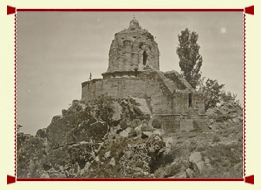 Kashmir has produced a galaxy of wonderful saints, seers and savants who have enriched, elevated and refined life and assisted the people at huge in distress. That is perfectly showcased within the Shankracharya Temple. The temple shows the early Kashmiri design. Kashmir has produced a galaxy of wonderful saints, seers and savants who have enriched, elevated and refined life and assisted the people at huge in distress. That is perfectly showcased within the Shankracharya Temple. The temple shows the early Kashmiri design.
It tries to introduce the early Sihara fashion and has nonetheless one-storeyed gable pediment which is evident even now. Here we uncover the early specimen with the horse shoe arch, distinguished in the last phases of this architecture, as, for example, in Martand.
History
It had been very first constructed by Jalauka, the son of fantastic Emperor Ashoka, about 200 B.C. The temple was later on rebuilt and dedicated to Jyesthesvara by Gopaditya, who ruled from 253 A.D. to 328. The hill was referred to as Gopadri as well as the village at its foot around the south is still known as Gopkar.
It is also stated that once Shankaracharya, a renowned Hindu saint, arrived to Kashmir from South India to revive Hinduism. He stayed around the leading with the hill for someday and also the hill thus came to be known as Shankaracharya hill.
Architecture & Design
This temple stands on a solid rock and consists of an octagonal basement of 13 layers. Each with the four sides has two projections which terminate in pediment and agable, the latter intersecting the main roof half way up its slope. The body from the temple is surrounded by a terrace enclosed by a stone wall or parapet, 3.5 feet high.
This in following the outline of the basement, preserves its octagonal shape. From your terrace another flight often steps leads to the door in the temple. The interior is a chamber, circular in plan, with a basin containing a lingam. The whole in the building is of stone, that is laid throughout in horizontal courses, no cement appearing to have been used.
|